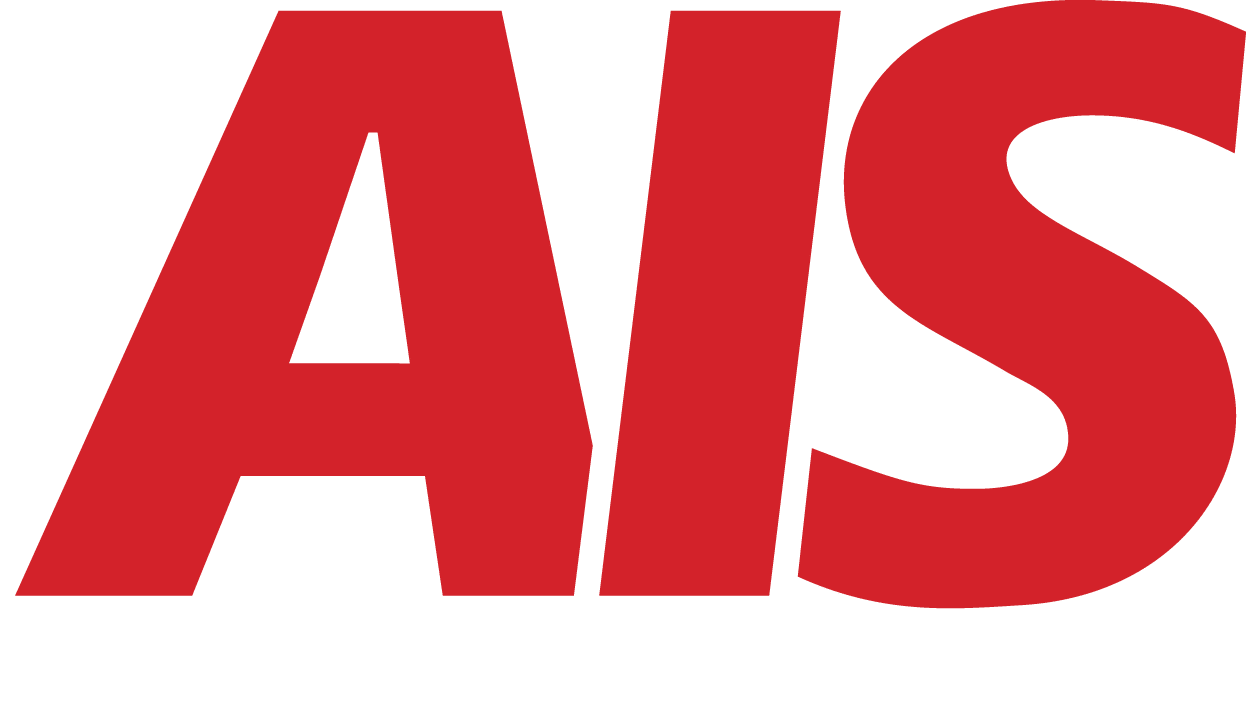7 Warning Signs Your Network Security Is at Risk (and What to Do Next)
June 12th, 2025 | 6 min. read

Most companies don’t know they have a network security problem until it’s too late. That’s not fearmongering. That’s the reality of how modern cyberattacks work.
The average breach remains undetected for over 200 days, during which time attackers steal data, monitor behavior, and quietly erode trust from the inside out.
So, how do you know if your network security is at risk? The clues are there—you just need to know what to look for.
In this guide, we’ll highlight seven warning signs your business shouldn’t ignore. We’ll also explain exactly what to do next if any of these apply to you.
1. Your Systems Are Running Slower Than Usual
If your network suddenly feels sluggish, it’s easy to blame outdated hardware or high traffic. But unusual slowdowns can also signal something more serious, like:
- Malware running in the background
- Unauthorized applications using your bandwidth
- A compromised device phoning home to a remote server
Not every slowdown is a threat, but if it happens without an apparent reason, it’s time to investigate.
2. You’re Experiencing Frequent Crashes or Downtime
Random application crashes, system errors, or unexplained reboots could mean someone is testing or tampering with your infrastructure.
For example:
- A virus may be corrupting system files
- An unauthorized script could be running at odd intervals
- Attackers could be probing your environment for vulnerabilities
If this is happening across multiple systems, take it seriously. The longer you wait, the more damage can be done.
3. You Haven’t Updated Your Software or Firmware in Months
Every day you delay updates, your systems become easier to exploit.
Unpatched software is one of the top ways hackers break into business networks. And it’s not just your operating systems—you also need to update:
- Firewalls
- Network routers
- Printers and IoT devices
- Mobile device management platforms
Updates don’t just add features, they fix known security holes. If your business doesn’t have a patch schedule or automation, you’re exposed.
4. You’re Not Using Multi-factor Authentication (MFA)
Passwords aren’t enough anymore. Most breaches today don’t happen through brute force; they happen through stolen credentials.
A hacker can buy thousands of username and password combos for cheap on the dark web.
Without multi-factor authentication, a single compromised login can give an attacker access to:
- Company email accounts
- Cloud storage platforms
- Internal apps or databases
- Customer records
If you’re still relying on passwords alone, this is your wake-up call. MFA reduces the risk of account takeovers by over 99%.
5. Your Team Uses Weak or Recycled Passwords
Still using “Welcome123” or “CompanyName2022” as your password template? That’s like locking your front door and leaving the key under the mat.
Other signs of poor password hygiene:
- No password expiration policies
- Reuse of the same password across platforms
- Employees writing passwords on sticky notes or spreadsheets
- No enforcement of complexity rules (length, numbers, special characters)
Poor passwords are one of the easiest ways for attackers to gain access, and one of the easiest things to fix.
6. You Haven’t Done a Security Assessment in Over a Year
A lot can change in 12 months. You may have added new tools, changed your remote work policy, or started storing more customer data. If your last security assessment is more than a year old, your defense plan is outdated.
Regular assessments help you:
- Spot gaps before attackers do
- Understand where sensitive data lives
- Validate that firewalls, antivirus, and backups are actually working
If you’re not sure when your last one happened, you’re overdue.
7. You Notice Unusual Network Activity
This is the big red flag. Some behaviors you should never ignore:
- Strange login times (like 3 a.m. logins from overseas IPs)
- Large data transfers from unknown devices
- Security tools are being disabled without explanation
- New user accounts that no one remembers creating
These could be signs that an attacker is already inside your network. Time is critical here. The longer it goes unaddressed, the worse the consequences.
What to Do Next if Your Network is at Risk
If you’ve noticed one or more of these warning signs, don’t panic—but don’t sit still either. Here’s what you can do immediately.
Step 1: Lock it down
- Enable MFA across all platforms
- Enforce strong password policies
- Limit admin privileges to essential personnel
- Disable unused ports, shares, or accounts
These are quick wins that don’t require significant investments.
Step 2: Run a vulnerability scan
Use a trusted tool or work with a managed IT provider to scan your network. Look for:
- Outdated software
- Misconfigured firewalls
- Open ports
- Unsecured endpoints
Scanning gives you visibility into what attackers might see. And it helps you prioritize fixes.
Step 3: Back up everything
If you don’t already have automatic backups in place, set them up. A ransomware attack or system failure can wipe out years of data in minutes.
Make sure:
- Backups are stored off-site or in the cloud
- They run on a schedule
- You regularly test restore functionality
A backup you can’t restore is no better than having none at all.
Step 4: Educate your team
Your people are either your most significant risk or your first line of defense.
Run a quick refresher on:
- Phishing email red flags
- Safe browsing habits
- Reporting suspicious activity
- Why they should never share credentials
Even a 30-minute training session can dramatically reduce risk.
Step 5: Get expert help
Some risks are too big for in-house IT teams to tackle alone. If you're seeing active threats, unexplained behavior, or don’t know where to start, get a professional security partner involved.
AIS offers managed IT services that include:
- 24/7 network monitoring
- Security audits
- Endpoint protection
- Patch management
- Compliance assistance for HIPAA, PCI, and more
We don’t just react—we help prevent the problem in the first place.
Why Ignoring These Signs is Expensive
Let’s be clear—doing nothing is the most costly option.
The average cost of a small business (SMB) data breach is over $120,000, and that doesn’t include:
- Lost business from downtime
- Damage to your reputation
- Legal consequences for exposed customer data
- Hours of cleanup and recovery
Security is no longer optional. It’s part of doing business. And falling behind puts your company, your customers, and your future at risk.
Final Thoughts: Warning Signs of an Unsecure Network
Your network might not show obvious signs of being compromised, but that doesn’t mean it’s safe. Cybercriminals don’t ring the doorbell. They slip in quietly and wait.
If you’re noticing any of the seven warning signs above, act now. Strengthen your defenses, audit your systems, and train your team.
And if you’re not sure where to begin, AIS can help you build a plan that protects your business before something breaks.
Need a step-by-step guide to improve your security fast? Reach out to us today!
A true southerner from Atlanta, Georgia, Marissa has always had a strong passion for writing and storytelling. She moved out west in 2018 where she became an expert on all things business technology-related as the Content Producer at AIS. Coupled with her knowledge of SEO best practices, she's been integral in catapulting AIS to the digital forefront of the industry. In her free time, she enjoys sipping wine and hanging out with her rescue-dog, WIllow. Basically, she loves wine and dogs, but not whiny dogs.
Topics:



